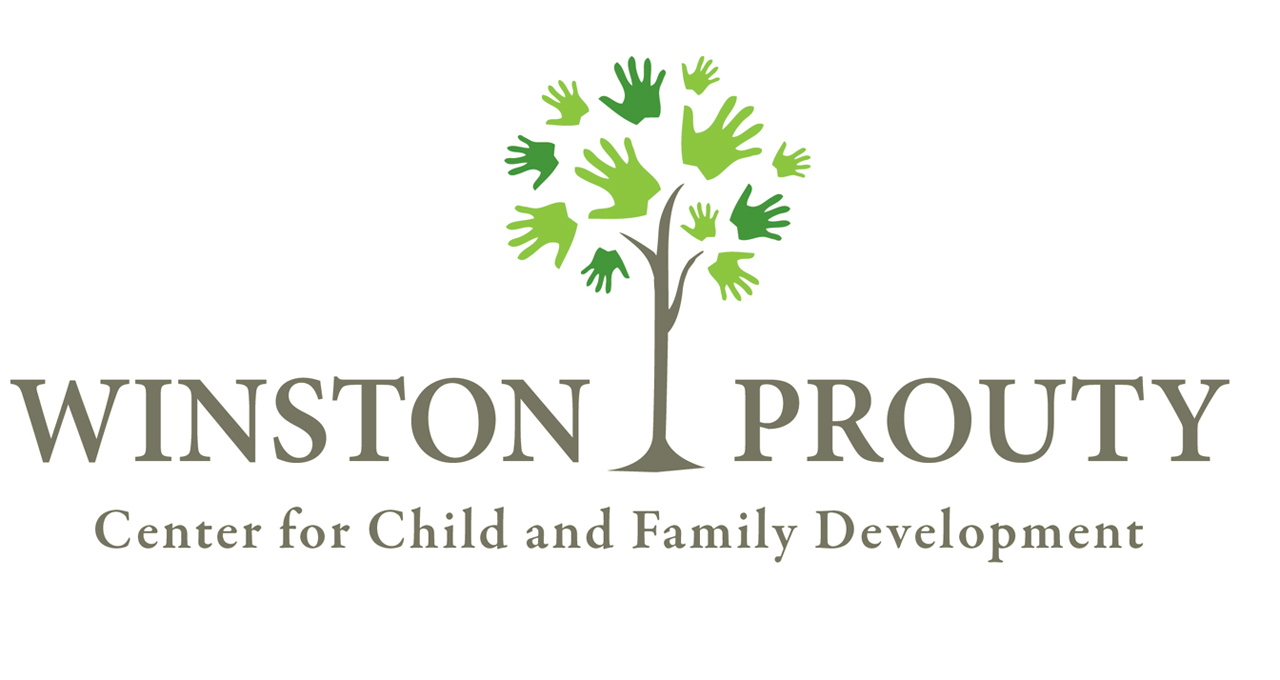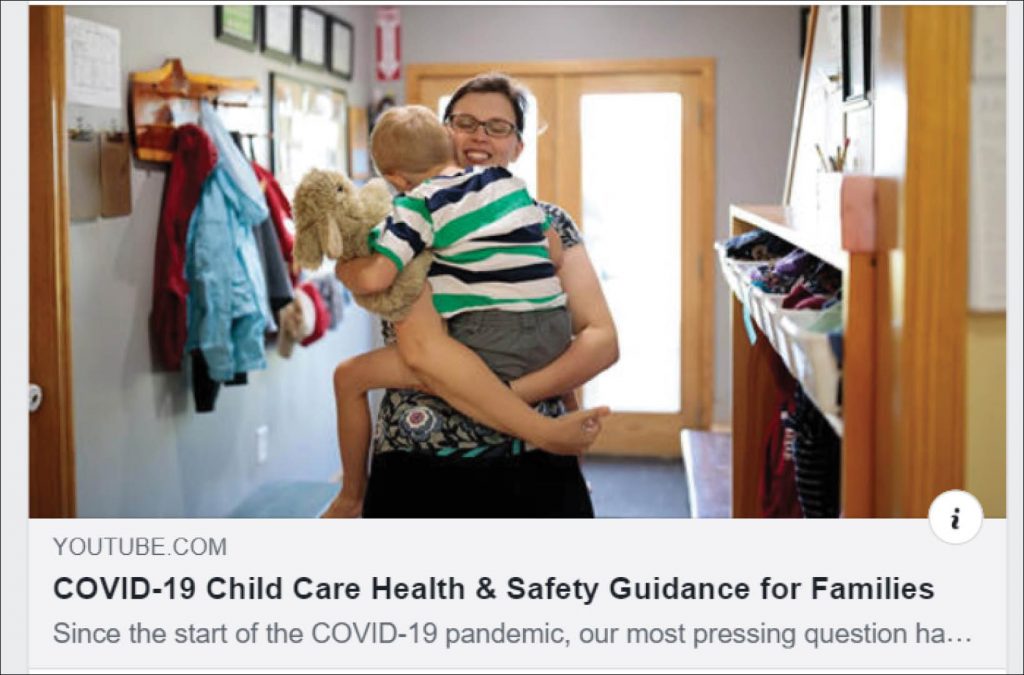Why we are re-opening the Early Learning Center at Winston Prouty
Dear Prouty Community,
Many childcare programs in our community have operated safely during “Stay Home, Stay Safe” with guidance from the CDC, the Vermont Department of Health, the Agency of Education, and the Child Development Division. We are confident we will be able to do the same in a way that supports children’s development. The Early Learning Center (ELC) at Winston Prouty was not open for physical programming during “Stay Home” because there was not a pressing need for our enrolled families. We closely monitored community capacity through our Child Care Resource and Referral team and made sure that essential personnel who needed care had access. If there had been a need, we would have collaborated with partners to figure out a solution.
A recent commentary in The Brattleboro Reformer had the headline “early childhood centers are not in a safe position to re-open.” It feels important to address this statement. The ELC is physically re-opening now to all families because the data indicate that COVID-19 transmission is being mitigated in our state to the point where opening makes sense in the context of continuing the strategies that have helped us successfully turn the curve. We want to be able to support families who need to go back to work by offering them a quality environment for their children.
The fact that schools are not re-opening for the remainder of the 2019-20 school year is not an indication of the safety of childcare programs. Early learning programs typically run year-round, have smaller group sizes and have more flexibility about where and how education happens. Early learning is not required by law.
While there are variables that make childcare different than K though 12 public education, it has become clearer in this environment that there is equal value and importance across the continuum of learning. Recognizing childcare as a critical piece of education and infrastructure means that there needs to be accompanying investment to make sure the system remains robust. This includes things like stable base funding which helps programs stay viable even during times when enrollment shifts, and wages that are not only livable but reflect the value of the workforce.
We will open and we will advocate for the investment needed to reflect the value of what we provide. Early care and learning is an essential service in multiple ways and we cannot afford to lose it.
We do not live in a world free of risk. We live in a world where we learn all we can about the risks and do what we can to minimize them, understanding that there are always individual situations and concerns. We have learned a lot about how to mitigate the risk of getting ill from this novel coronavirus, and we confidently apply this knowledge to the next phase of our work together.
Is it safe to open? We might also ask, is it safe to stay closed? This begins to get at the question of balancing physical health as related to coronavirus, with other types of safety for children and their families, as well as our staff. While we have been successful at doing some of our work remotely it is not the fundamental nature of what we do. Our primary function of supporting child and family development requires in-person relationship building and supports at some level with both those we serve and with each other as colleagues. We are excited to phase back into this work responsibly and join each other in making it successful.
Chloe Learey
Executive Director
To learn more about the opening of child care across version, check out this new online presentation from Dr. Breena Holmes, MD, pediatrician and Vermont’s Maternal and Child Health Director. Dr. Holmes joined Let’s Grow Kids to provide an overview of current data and guidance, to explain what changes families might expect, and to answer questions and concerns gathered from parents and caregivers across Vermont. Her answers were informed by the latest science-based data, best practices for child development, and what has been learned in two months of safely providing child care to over 1,000 children of essential workers.

